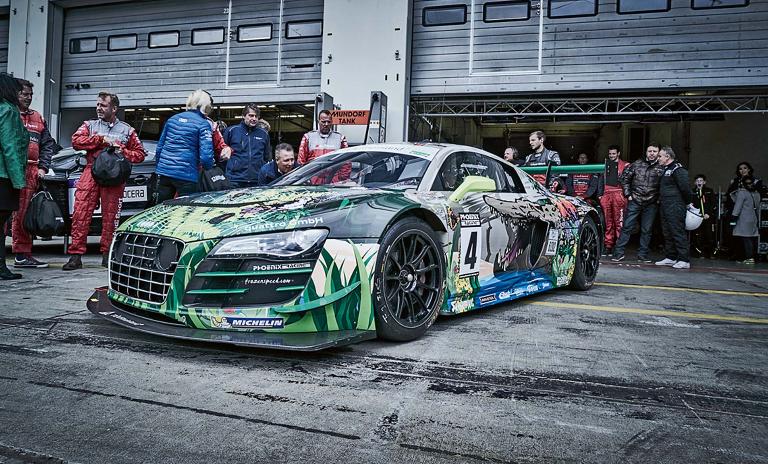What can CEOs learn from race car drivers?
![{[downloads[language].preview]}](https://www.rolandberger.com/publications/publication_image/roland_berger_think_act_magazine_navigating_complexity_cover_en_download_preview.jpg)
A race driver and a neuroscientist show how we can fight distraction and reach faster decisions in our Think:Act magazine on complexity.


Information overload is a huge burden for business executives. Nicolas Bissantz, Germany's big data pioneer and the CEO of Bissantz & Company, has gone some distance in solving the problem with a little help from a neuroscientist… and a celebrated racing driver.
Nicolas Bissantz has his eye on data. Noticing that business reports are often so heavy on information that the really important facts get lost in tables and charts, he asked himself a question: How can you spot the information you need to know at a glance? How do you filter the signal from the noise? Bissantz's approach is to change the way data looks – and also how we look at data. Alongside a team of 130 experts, he set out to develop software that visualizes big data and helps managers make quick decisions.

His research on perception led him to Gerhard Roth, one of Germany's leading neuroscientists from the University of Bremen. With Roth on board, Bissantz then called on the skills of motor-racing legend Hans-Joachim "Strietzel" Stuck. They equipped Stuck with some high-tech glasses designed for neuroscientific eye tracking for a race on the famous Nürburgring. After analyzing some 20,000 film frames, the team discovered that a racing driver, despite distracting visual impressions, can make his eyes stick to his ideal track. "Distraction is 'expensive' for the brain," says Roth. Or as Stuck puts it: "On a racing track you learn how to blind out the things that could slow you down."
So what can that teach a CEO? Instead of a racetrack, a CEO has business reports with lots of figures to absorb. Can you change your perception to improve your decisions? Bissantz and Roth say it just takes two colors: blue for "it's fine" and red for "take action." Their research found that a maximum of two colors used to color-code the numbers and indicators can rapidly speed up decision-making. And the level of meaning comes from the shade – the darker the red or the blue, the more important the information. For example, a deep blue cash position signifies relaxation, whereas sales in medium red shows a potential problem that requires attention.
"First things first," as Bissantz says. "Behind the steering wheel or in front of a management dashboard, what really counts is: Don't get distracted. Stay focused and dismiss all the unnecessary information. The right software does this for an executive."
Article by Alexander Ross from our Think:Act magazine "We need to talk about complexity".

![{[downloads[language].preview]}](https://www.rolandberger.com/publications/publication_image/roland_berger_think_act_magazine_navigating_complexity_cover_en_download_preview.jpg)
A race driver and a neuroscientist show how we can fight distraction and reach faster decisions in our Think:Act magazine on complexity.
Curious about the contents of our newest Think:Act magazine? Receive your very own copy by signing up now! Subscribe here to receive our Think:Act magazine and the latest news from Roland Berger.
